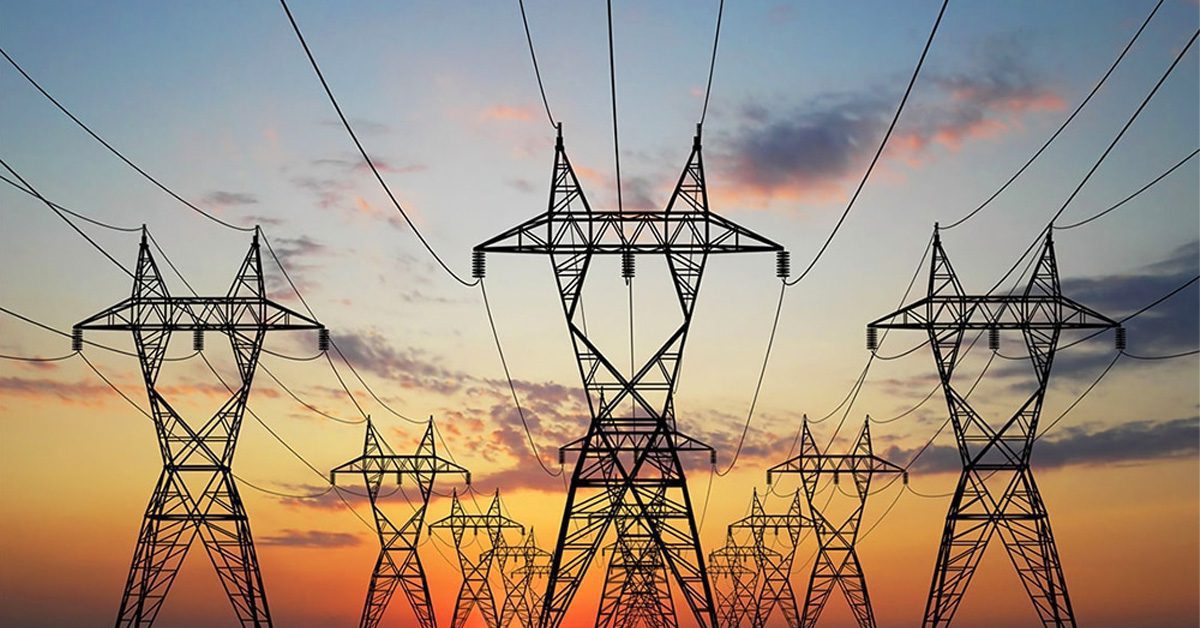The National Electric Electricity Regulatory Authority (Nepra) has increased electricity tariffs by Rs4.9 per unit for February 2024 due to fuel adjustments. However, demand is expected to decline, resulting in subsequent pricing increases.
The power regulator has evaluated and assessed a National Average Uniform increase of Rs4.9213 per kilowatt hour (kWh) in the relevant tariff for former Wapda power distribution companies (XWDISCOs) due to fuel price differences in February.
The real fuel cost for February 2024, as reported by the Central Power Purchasing Agency-Guaranteed (CPPA-G), is Rs9.4254/kWh, compared to the reference fuel cost component of Rs4.4337. The CPPA-G demanded an increase of Rs4.9917 per unit.
According to the CPPA-G, real gasoline prices did not vary much from reference levels. However, certain fuels that were not in the reference mix, such as re-gasified liquefied natural gas (RLNG), were used due to system needs.
It was also noticed that real generation had a negative growth rate of -12.2% when compared to reference generation, and the power regulator expressed worry that demand in the country was steadily dropping.
According to Nepra, total consumption has been lowered by roughly 12% until February 2024 when compared to the tariff’s reference forecasts. It stated that the decline in sales would result in greater quarterly adjustments, resulting to an increase in the tariff.
The electricity regulator instructed the CPPA-G and the energy ministry to assess the impact of lifting commercial-based load-shedding on demand and present an intelligent suggestion to boost demand.
It was also noted that capacity costs presently account for more than 60% of the tariff, which is far higher than worldwide standards. As a result, Nepra requested that the CPPA-G assess the feasibility of cutting capacity costs while adhering to the regulatory framework.
Nepra further stated that wind-based power plants were being reduced, while costlier imported fuel-based power plants were being operated. It was also discovered that the Guddu power plant was operating at 45% plant factor on an open cycle rather than a mixed cycle.
“Had this plant been operated on a combined cycle, it would have reduced the cost of generation,” Nepra stated, as several observers expressed worries about excessive fuel price increases during the Nepra hearing.
According to pundit Abdullah Umer, recent FCAs have witnessed generation from RLNG, which has increased the cost burden on customers. Another contributor, Muhammad Arif, brought up the long-standing issue of generation evacuation from local coal and wind plants in the South.
In response to the commenters’ worries, the countrywide Transmission and Despatch Company (NTDC) stated that the running of the RLNG-based power plants was required to preserve system stability, since their failure may have resulted in countrywide blackouts.
It claimed that the limitation in the corridor was due to national generation, which was as low as 7,000MW-8,000MW despite the system’s 27,000MW evacuation capability. The NTDC said that increased solar induction by users has resulted in a reduction in demand from the national grid.
The NTDC stated that while solar is being built in the central area, base-load plants would still be required for ramping purposes. It requested that the regulator consider granting Rs42 billion, which it had withheld during past XWDISCO fuel cost adjustments (FCAs).
The NTDC reported provisional transmission and distribution (T&D) losses of 203.87 Gigawatt hours, or 2.789%, based on electricity provided through the NTDC system in February 2024, which was on the high side and corrected on an annual basis.
In addition, the NTDC recorded T&D losses of 19.807 GWh, or 2.976%, for the Matiari-Lahore Transmission Line Company’s high voltage direct current (HVDC) line. NTDCL is only permitted 2.639% T&D losses on the 500KV and 220 KV networks, therefore 203.87 GWh losses are reduced to 197.38 GWh. The PMLTC HVDC allows for maximum losses of up to 4.3%.

